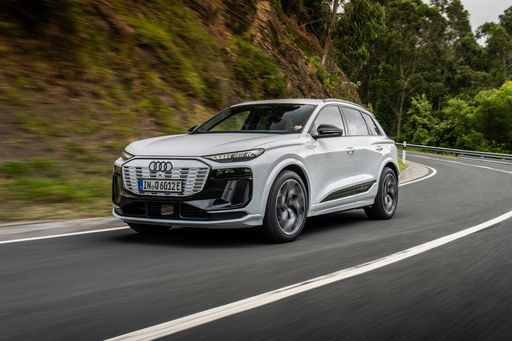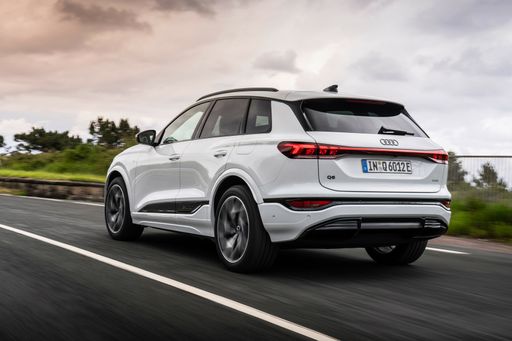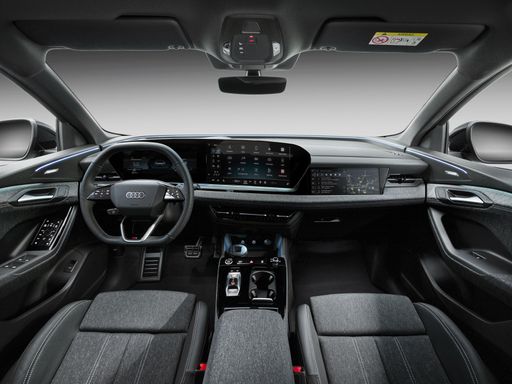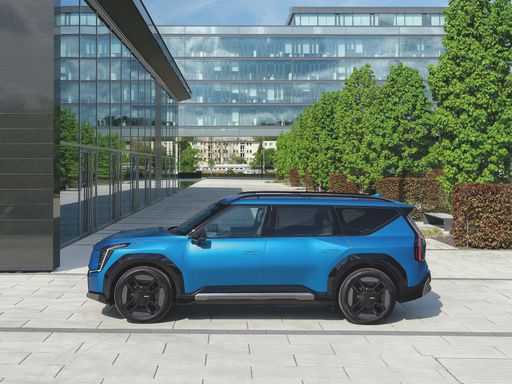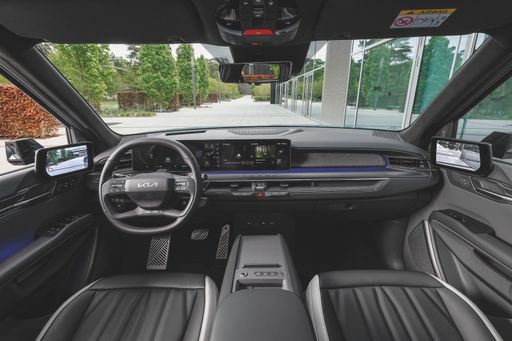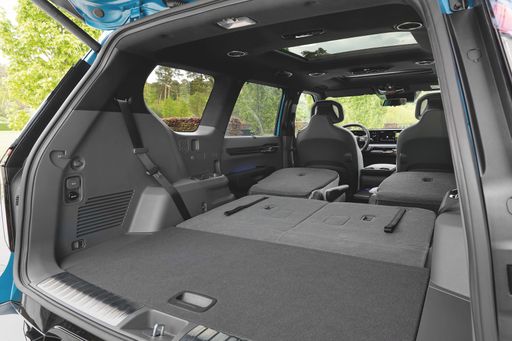Audi Q6 e-tron vs. Kia EV9: A Battle of Electric SUVs
The electric vehicle (EV) market is rapidly evolving, with several manufacturers introducing impressive models that combine technology, design, and sustainability. Among them, the Audi Q6 e-tron and Kia EV9 stand out as strong contenders in the electric SUV segment. This article provides a comprehensive comparison of these two innovative vehicles, focusing on their technical aspects and innovations.

